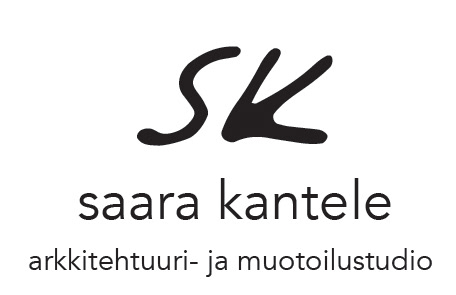Forests through design / Designs for a Cooler Planet / HDW 2021
This exhibition is part of a project gathering understanding about forests, trees and wood material and seeking answers to the forest dilemma from designers perspective.
–
The forests and use of them is one of the biggest issues of modern time. It effects the living conditions of the future and concerns the other species we’re sharing the planet with. 80% of all the terrestrial species live in the forest biotopes. While providing material forests are dignified entities with important role in the world – what does this mean for design?
This exhibition is part of a project gathering understanding about forests, trees and wood material and seeking answers to the forest dilemma from designers perspective.
The forests are also studied through first-hand observation and documentation in forest trips.
This exhibition is part of a project gathering understanding about forests, trees and wood material and seeking answers to the forest dilemma from designers perspective.
The forests are also studied through first-hand observation and documentation in forest trips.
8-29.9.2021 Väre LQ-lobby – Designs for a Cooler Planet – Helsinki Design Week 2021 – with Aalto University and professor Mark Hughes
The ground: Piece of a Forest Forests are complicated biotopes full of life in diverse forms. In Finland there’s over 20 000 forest species found. The ground, containing 2/3 of the forests’ carbon is an important factor in the forest ecosystem. The trees falling and dying, life decaying, provide nutrients to numerous species while becoming part of the ground’s carbon storage. Underneath, the trees’ root system connects with mycorrhiza mycelium and exhanges information impulses, creating a network in which an old central tree might be connected to dosens of trees around it.
A tree: The Alder Objects A year ring cut, a stool, notebooks, a plaster mold, shape model, a shirt, material tests, alder leaves, a chainsaw
Objects from the Alder Project. In the project a grey alder (alnus incana) is cut, studied and used as a material for a design process. The leftovers are studied as a new fibre-based biomaterial and used in design with casting. Finnish wood tradition and newest research knowledge is studied and utilized in the process.
Objects from the Alder Project. In the project a grey alder (alnus incana) is cut, studied and used as a material for a design process. The leftovers are studied as a new fibre-based biomaterial and used in design with casting. Finnish wood tradition and newest research knowledge is studied and utilized in the process.
The wood: Two Chairs What is waste and what is material?
The chair of black alder and rowan is made of two local tree species out of circa 30 native to Finland. The Recycled chair utilizes material only found from the dustbins of the wood workshops. The material is processed removing any possible parts containing metal, glued and formed with NC-machinery. In 2019 the humankind produced 13 000 kg of waste per person. Nontheless, the life cycle thinking of a material is starting to change from linear to cyclic, cascading.
The chair of black alder and rowan is made of two local tree species out of circa 30 native to Finland. The Recycled chair utilizes material only found from the dustbins of the wood workshops. The material is processed removing any possible parts containing metal, glued and formed with NC-machinery. In 2019 the humankind produced 13 000 kg of waste per person. Nontheless, the life cycle thinking of a material is starting to change from linear to cyclic, cascading.
